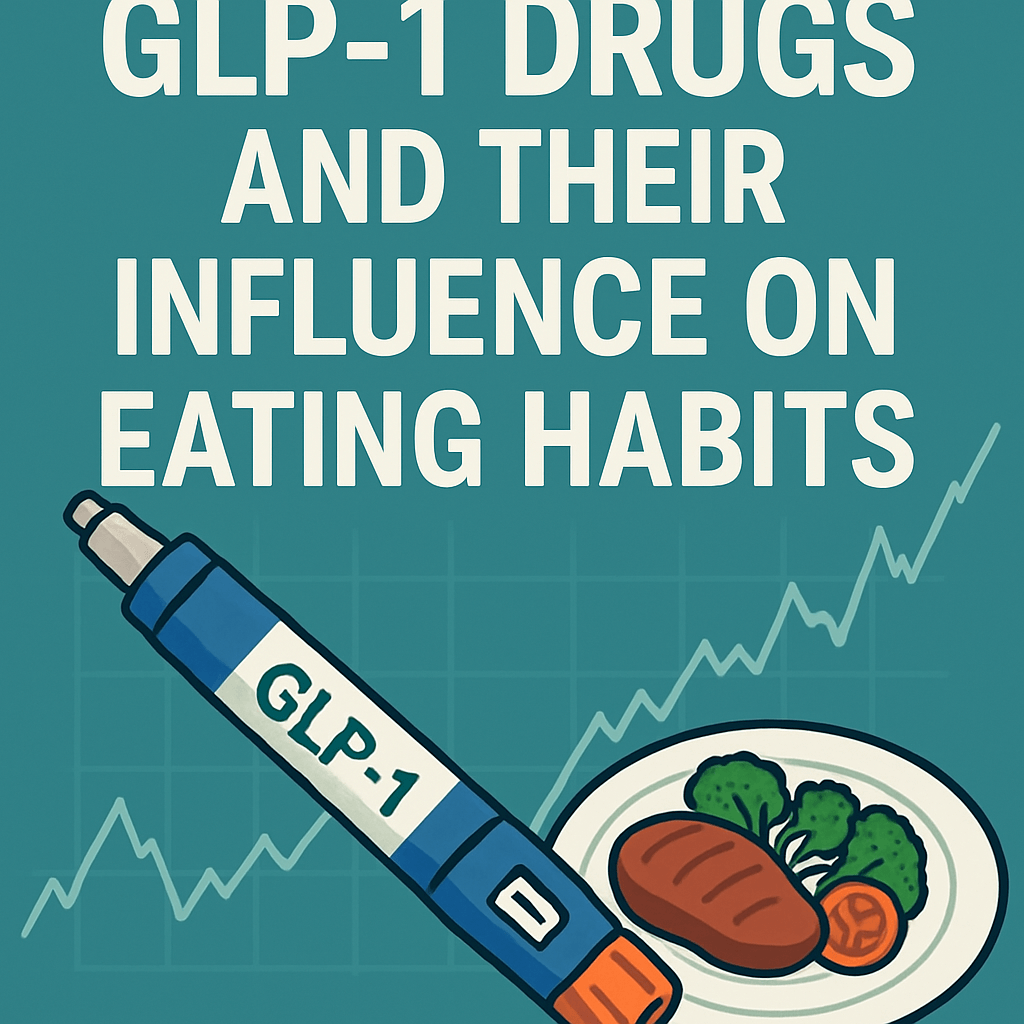GLP-1 Drugs and Their Influence on Eating Habits

The rising popularity of GLP-1 receptor agonists, such as Ozempic and Wegovy, is significantly altering consumer behavior related to dining out and take-out options. A recent report by Bloomberg Intelligence highlights a notable trend: more than half of users of these medications report a decrease in their spending on restaurant meals and takeout since initiating treatment.
Changing Dining Patterns
According to a survey conducted by Bloomberg Intelligence among 1,000 adults in the U.S. who use GLP-1 medications, 54% indicated they dine out “significantly less” or “less” frequently after starting the drugs. A similar trend is reflected in their takeout habits, with nearly the same percentage reporting decreased orders for takeaway food.
This shift towards home cooking is evident, with about 70% of respondents stating they now prepare meals at home “significantly more” or “more” often, complementing the notable increase in grocery purchases—with roughly 50% of surveyed GLP-1 users buying more groceries post-medication.
The Mechanics of GLP-1 Medications
GLP-1 medications directly influence appetite control by increasing insulin secretion, decreasing glucagon secretion, and slowing gastric emptying. These physiological changes lead to reduced hunger and help some users achieve substantial weight loss. According to FAIR Health, around 4% of the U.S. population is currently using a form of GLP-1 medication to manage weight or treat type 2 diabetes, representing a dramatic 600% increase in usage over the past six years.
Implications for the Restaurant Industry
As the dining landscape evolves, restaurants, particularly those offering limited healthy options, may face increased challenges. The Bloomberg Intelligence report underscores that the downturn in dining out is felt across income demographics, contrasting with previous norms where higher-income households showed greater resilience to economic shifts. Furthermore, the survey aligns with findings from a recent Morgan Stanley study, which also indicated that nearly two-thirds of GLP-1 users are spending less on dining out, while 31% reported reducing grocery expenditures.
Adapting to Consumer Trends
Faced with changing consumer appetites, food companies are re-evaluating their product offerings. For instance, Smoothie King has introduced a dedicated line of high-protein and fiber products specifically for consumers using GLP-1 medications. Similarly, Nestlé is developing “companion products” tailored to the dietary needs of GLP-1 users. These adaptations highlight a responsive market striving to maintain engagement with a shifting consumer base.
Economic Influences on Dining Habits
The reduction in dining out coincides with several broader economic pressures. The hospitality industry is grappling with labor shortages exacerbated by the pandemic recovery and instability caused by tariff adjustments. Consumer confidence, which has taken a hit due to these economic uncertainties, significantly influences dining habits. Recent announcements, such as those from Campbell’s CEO Mick Beekhuizen, revealed surging sales in canned soup—often a result of tightening household food budgets as consumers prioritize home-cooked meals over dining out.
Generational Trends and Cultural Shifts
Furthermore, generational shifts, particularly among Gen Z consumers, exhibit a propensity to split appetizers, order smaller portions, and forgo alcohol to save costs. This behavior parallels the broader economic considerations impacting consumer spending habits.
Reactions from the Restaurant Sector
Despite these shifts, some industry leaders remain optimistic. Michael Osanloo, President and CEO of Portillo’s Restaurant Group, characterized concerns around GLP-1 impacts as exaggerated, suggesting that their influence may be more geographically concentrated rather than universal across the U.S.
Conclusion
In summary, the rise of GLP-1 medications is shaping consumer behavior and dining habits in profound ways. As the relationship between health, diet, and economic conditions continues to evolve, stakeholders in the restaurant and food service industry will need to adapt quickly to keep pace with changing consumer preferences. The trajectory of this trend remains uncertain, but it undeniably poses significant considerations for the hospitality sector moving forward.